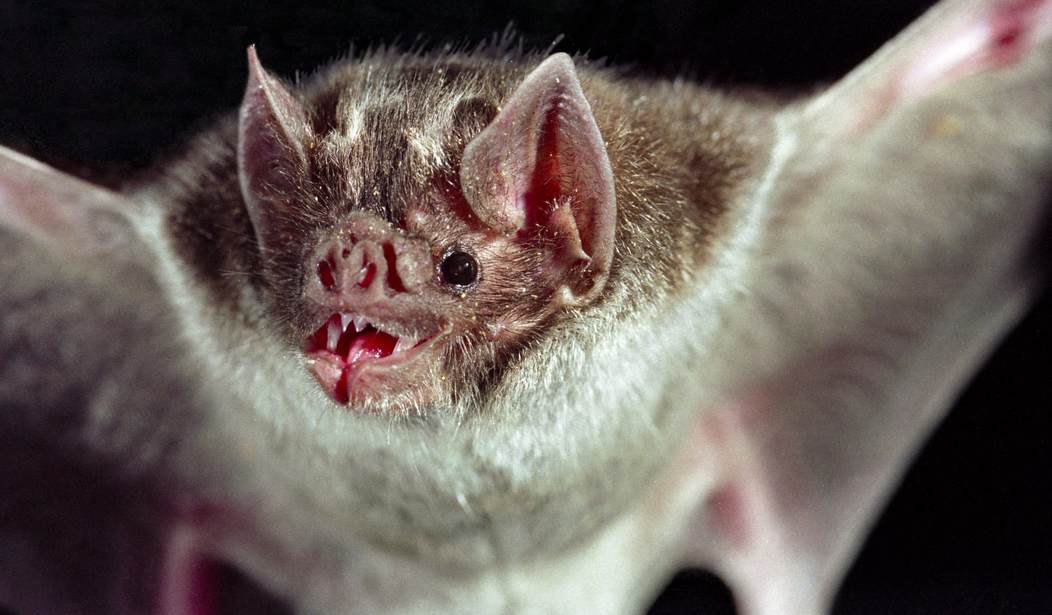Enrico Bernard, Fernanda Ito, and Rodrigo Torres won an Ig Nobel Prize in the nutrition category for making the startling discovery that some vampire bats will go out of their way to bite humans and drink their blood if the bat’s preferred foods aren’t readily available. Normally the “Ig Nobel Prize” is awarded to researchers who have strange, silly, or unimportant scientific research, but this startling revelation — that the legendary vampire bat has a taste for our blood — may have highlighted a serious health risk for people living in Central and South America.
The researchers specifically tested 15 fecal matter samples collected from a colony of hairy-legged vampire bats living in Brazil’s Catimbau National Park. It was initially thought that hairy-legged vampire bats fed exclusively on bird blood, but when the stool samples were analyzed, they found three instances of human DNA. This was shocking because this species will starve itself if it is only provided with goats or pigs as prey, and apparently hairy-legged vampire bats will fall back on drinking human blood if their favorite wild birds aren’t around for a bite.
This raises another problem, as bats may carry rabies, hantavirus, and other potentially fatal diseases. These little bloodsuckers can easily enter a home through holes in the attic or open windows to take blood and leave a nasty disease behind.
Still not convinced how dangerous vampire bats can be? The first-ever recorded instance of death by vampire bat in the United States happened in 2011 when a 19-year-old Mexican man died from rabies in Louisiana after he was bitten on the foot by a vampire bat ten days prior. Although doctors tested the poor man for a variety of diseases, no one thought to check for rabies since it wasn’t apparent that an animal bit him. The man tested positive for rabies the day before he died.
There are three species of vampire bats, including the hairy-legged variety, and they are naturally found throughout Mexico, Brazil, Central America, and South America.









Join the conversation as a VIP Member